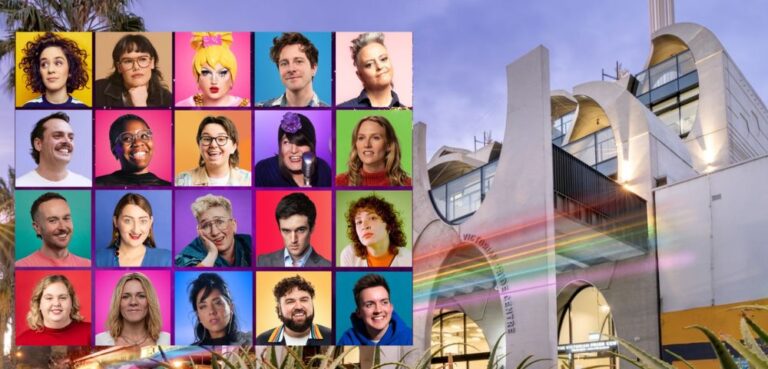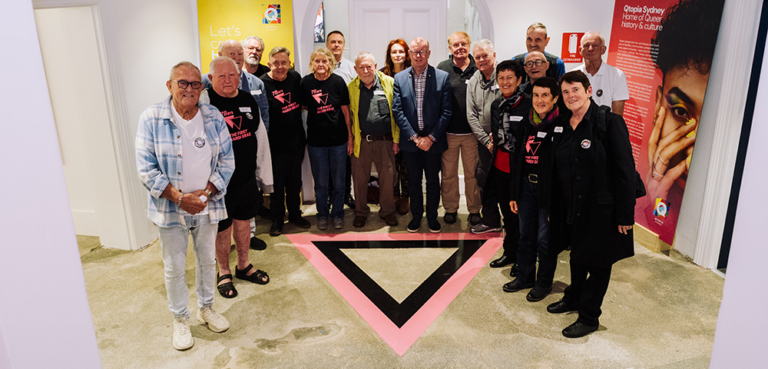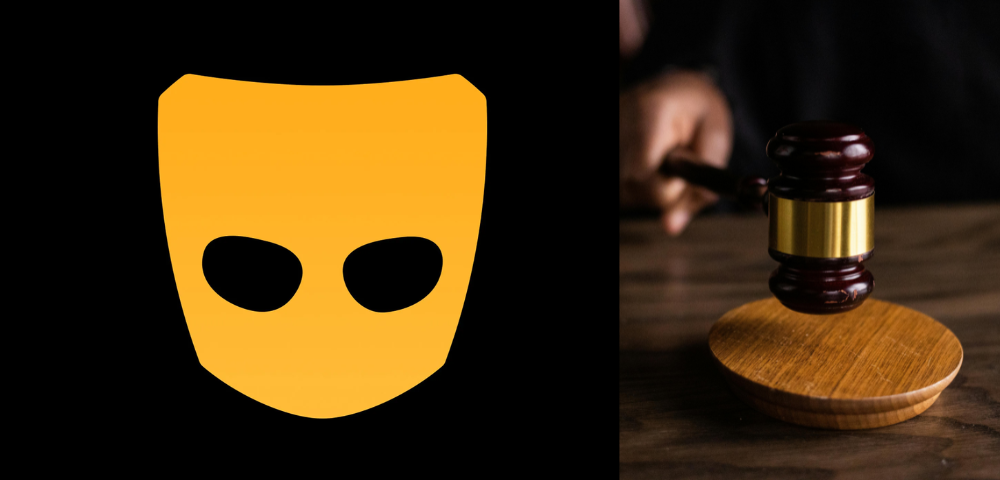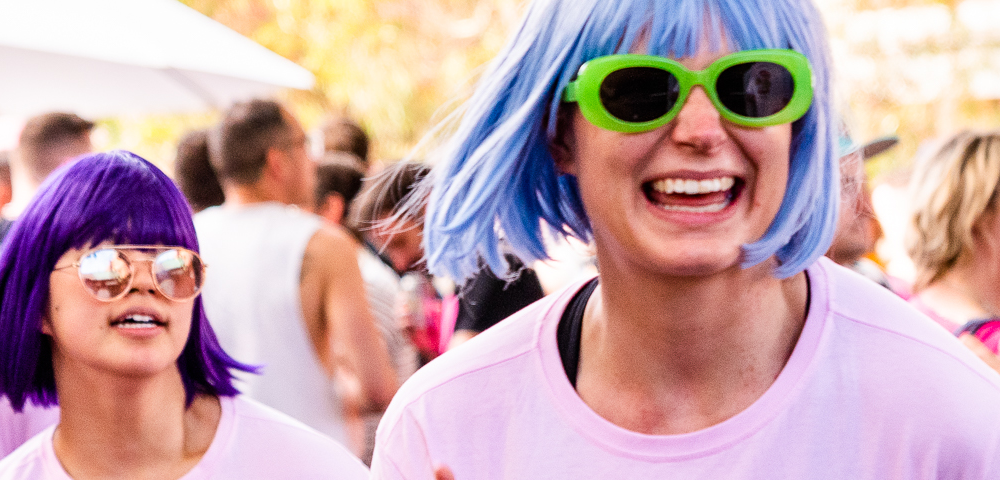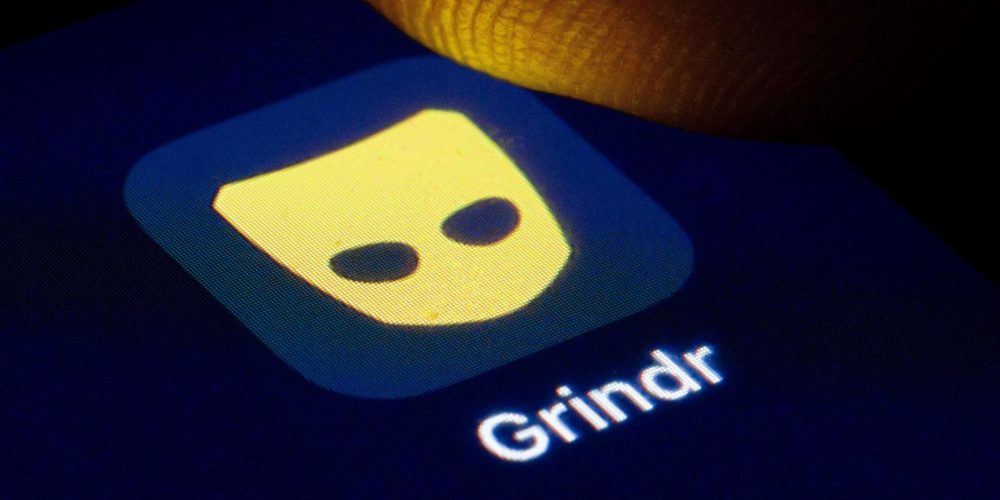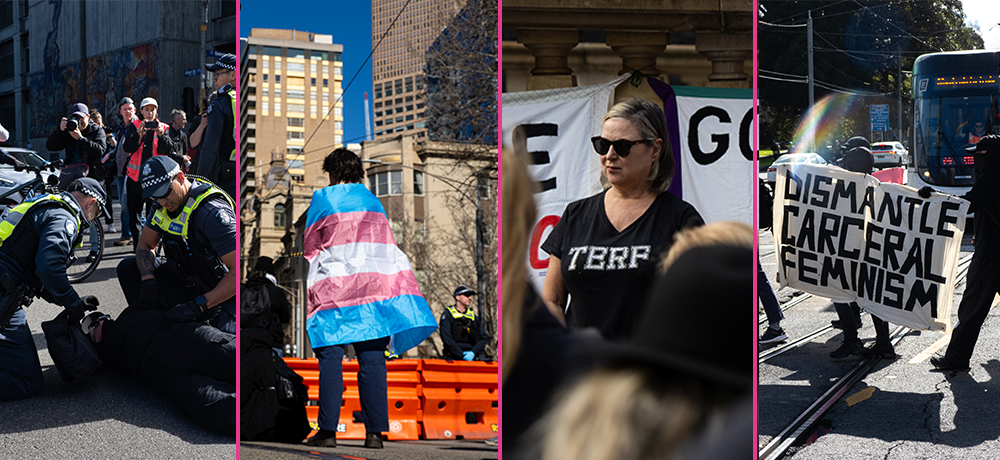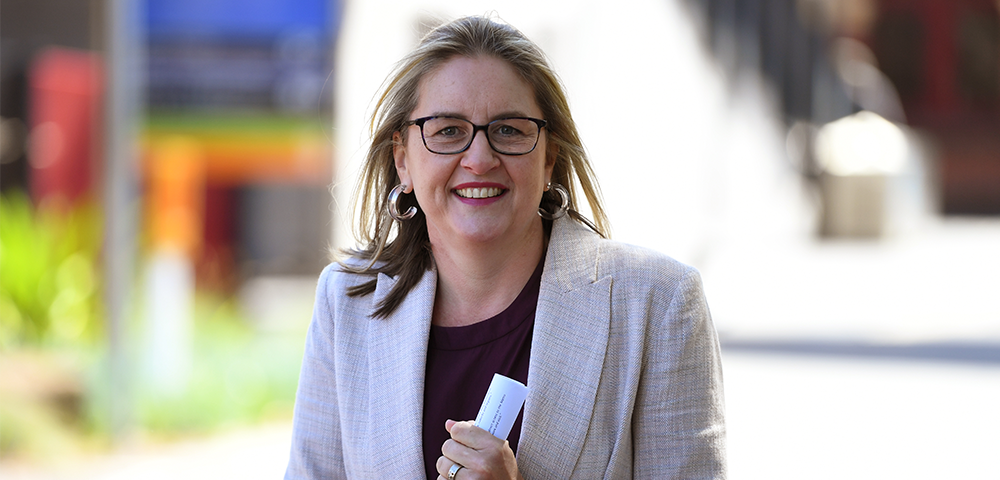
Almost 98 per cent of Victorian high schools have participated in Safe Schools
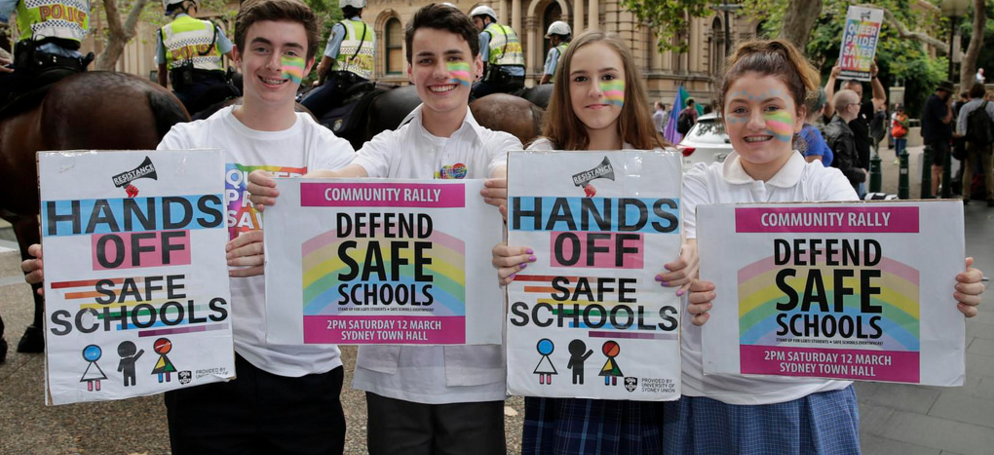
Victoria’s education minister James Merlino has said that almost 98 per cent of secondary schools in the state have participated in the Safe Schools program.
Speaking at this morning’s budget estimates hearing, Merlino was questioned by the Public Accounts and Estimates Committee about the money being channelled into anti-bullying initiatives around the state.
He acknowledged that LGBTI young people experienced higher rates of bullying than their straight peers, and that the majority of this bullying occurred within school.
“When students are bullied it can lead to depression, anxiety, and self harm,” he said.
“[Safe Schools] is a universal anti-bullying program… this program is needed.
“To date, there has been close to a 98 per cent participation rate in the program.”
Merlino added that the budget would bring together existing anti-bullying resources – such as Safe Schools and Respectful Relationships – with new ones, centralising them under one, government-led initiative.
Executive Director of Rainbow Families Victoria, Felicity Marlowe, said Merlino was forthright in his support for the program.
“He also provided some excellent research as a rebuttal, and as a way to highlight why Victoria supports Safe Schools,” she told the Star Observer.
“The state government should be congratulated for a 98 per cent participation rate in the program.
“It’s clear that there’s an incredible amount of interest in making sure our schools are homophobia and transphobia free zones, and that schools are quietly on their way to ensure they can create inclusive environments for students.
“It’s also clear that the sky hasn’t fallen in.”
During the hearing, shadow education minister Tim Smith asked Merlino why he wanted to make Safe Schools compulsory in Victoria, unlike his counterparts in other states like New South Wales.
Merlino said he had a different view to NSW education minister Rob Stokes, backed by research on mental heath and bullying in the LGBTI community.
“Safe Schools operated for six years without controversy under a Liberal National government,” he said.
Smith then asked Merlino how Safe Schools engaged with primary schools, and what teachers were being trained to teach students.
Katy Haire from the education department responded by saying there wasn’t a “one size fits all approach”.
“Some schools are undertaking training and awareness, others are working with a particular member of staff,” she said.
“Primary schools may want to access support when there are instances of significant bullying.
“The Safe Schools team will then provide support to the principal and staff with strategies to prevent bullying.”
Marlowe believes Smith’s line of questioning was deliberately trying to drive a wedge between the government and the expectations of families and parents.
“But the evidence was so clearly presented by Merlino, that it took the wind out of Smith’s sails,” she said.
“I think it’s clear that we need programs that address homophobia, biphobia, and transphobia, but the next step will be to look at what training, support, and professional development can be provided to the primary school sector.
“An early discussion around homophobia, biphobia, and transphobia will help children that have LGBTI parents as well, because it’s creating an environment where it’s okay to ask questions and be curious.”
Author and trans advocate Jo Hirst said primary schools need access to Safe Schools early, well before instances of significant bullying have even occurred.
“Primary schools have trans kids,” she told the Star Observer.
“They need to access Safe Schools to help them explain gender to the other students, as a means to support trans kids, especially when a child is making a social transition.
“When kids are making a social transition you have to explain why they’re suddenly coming to school with a new name and new pronouns.”


